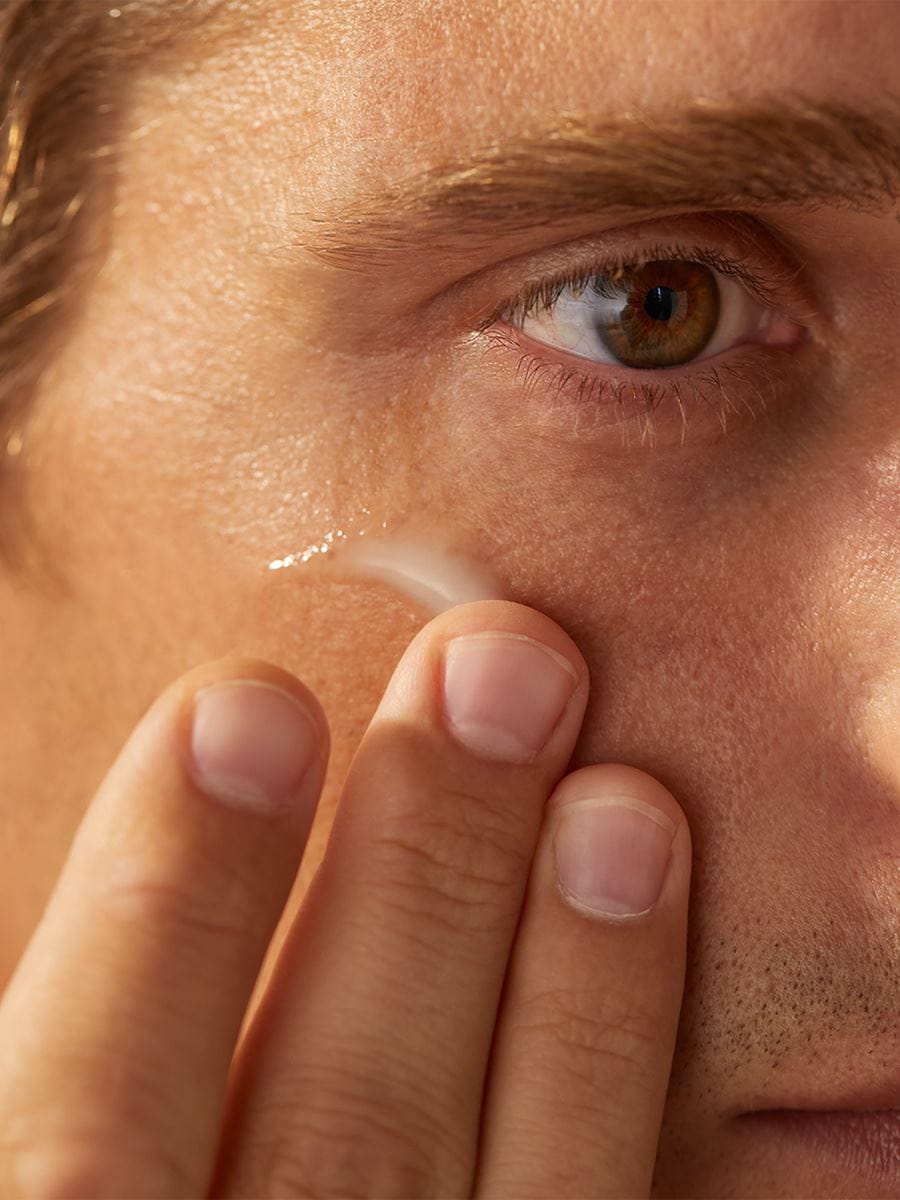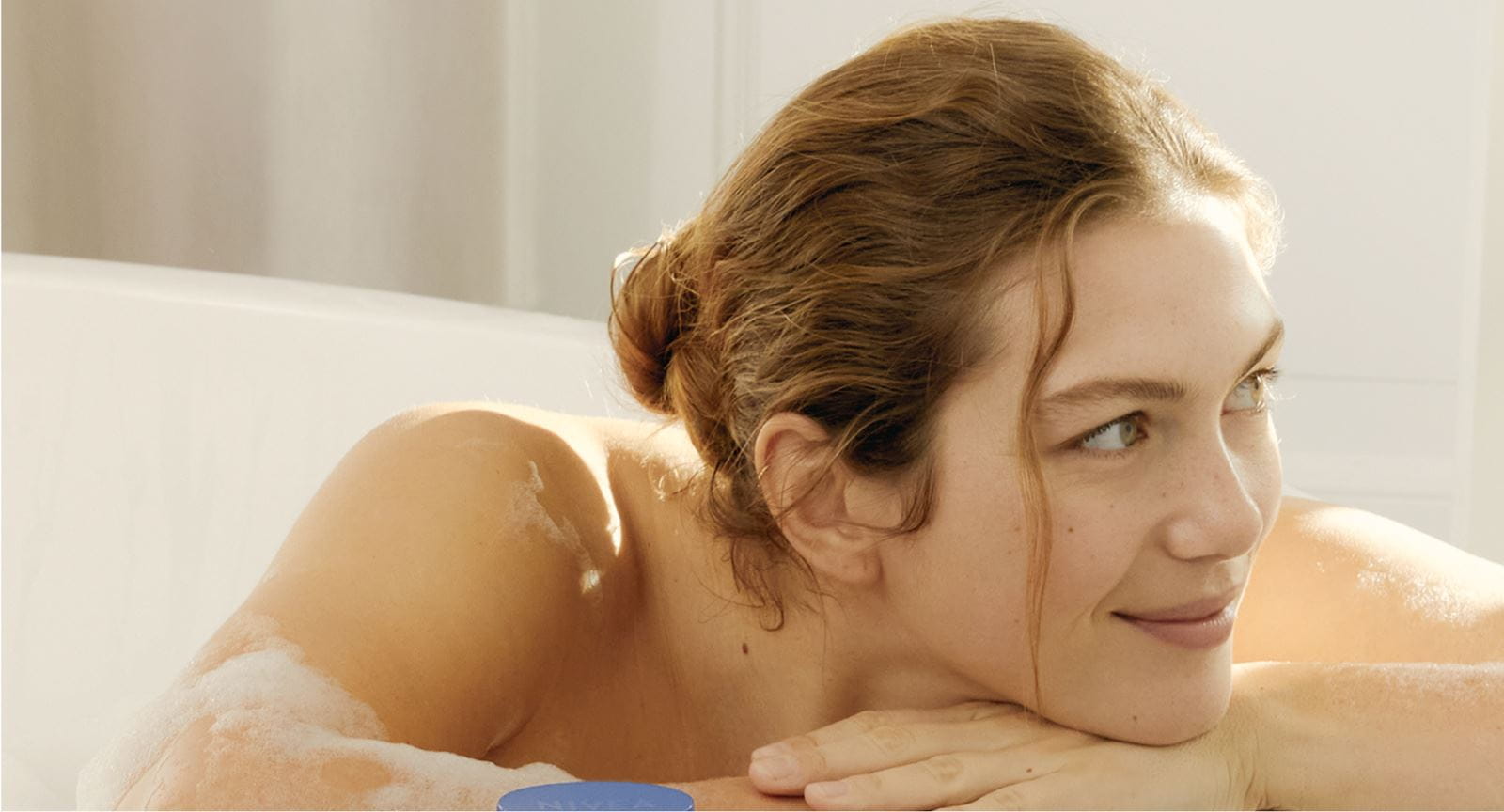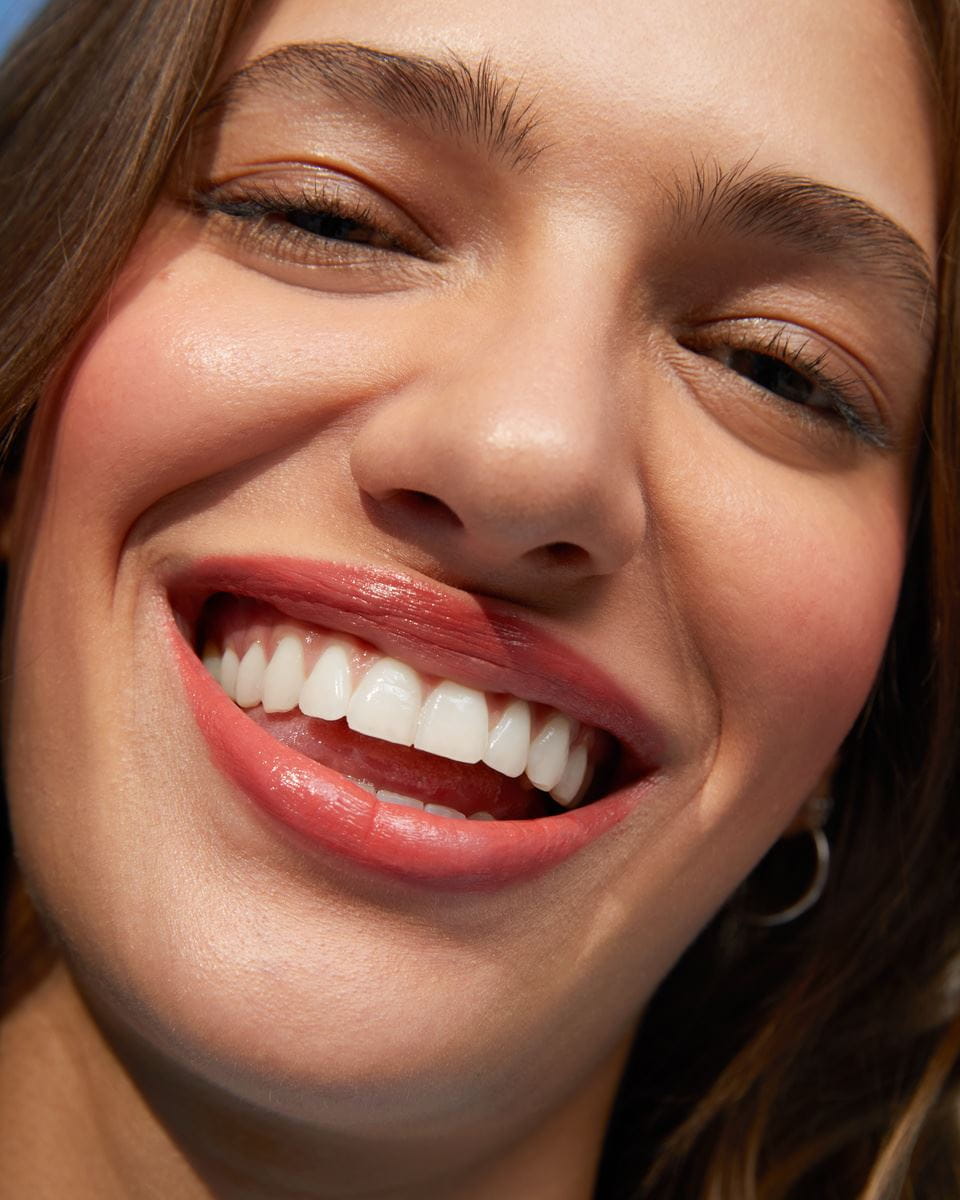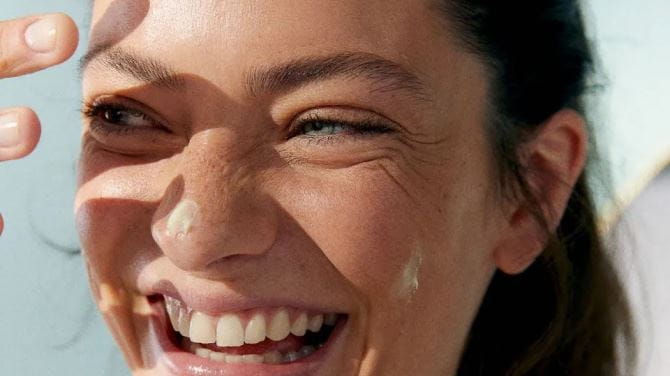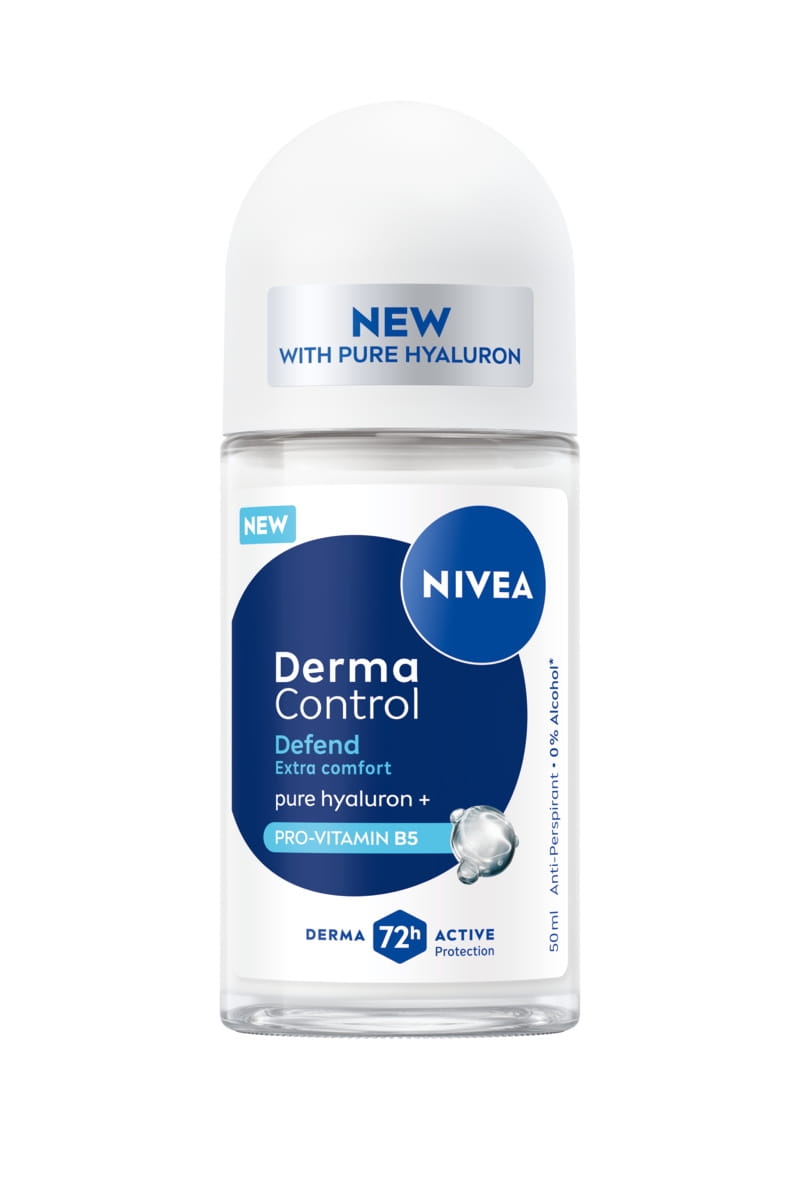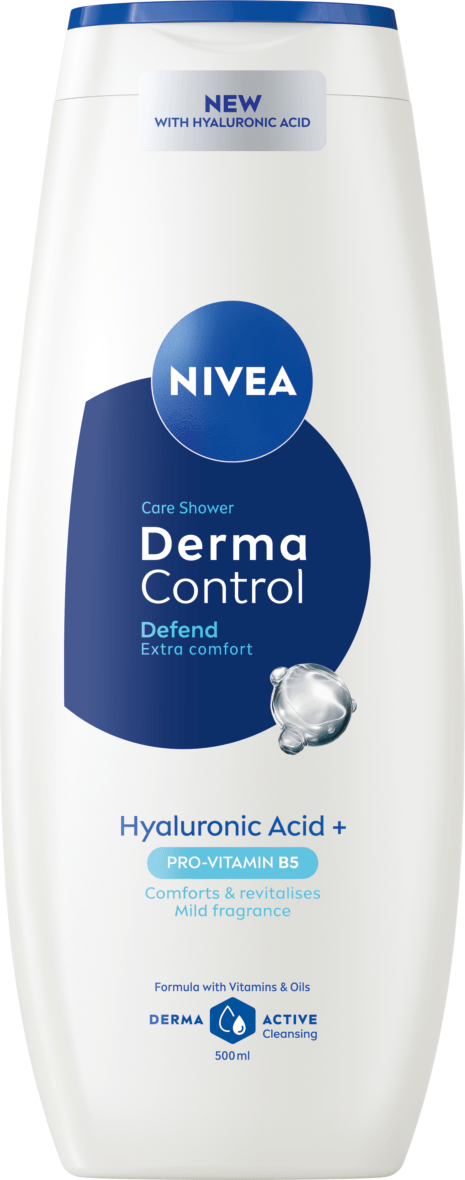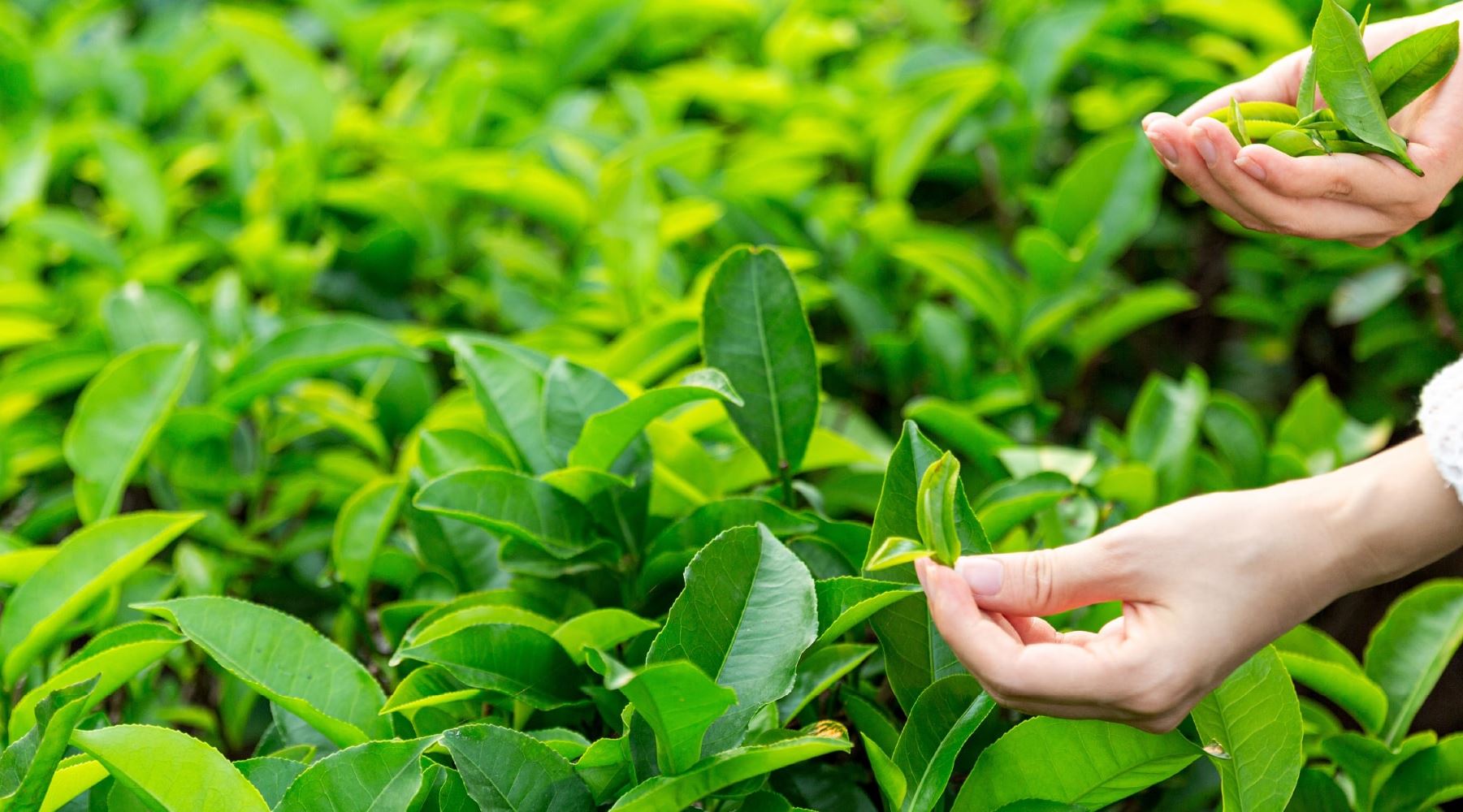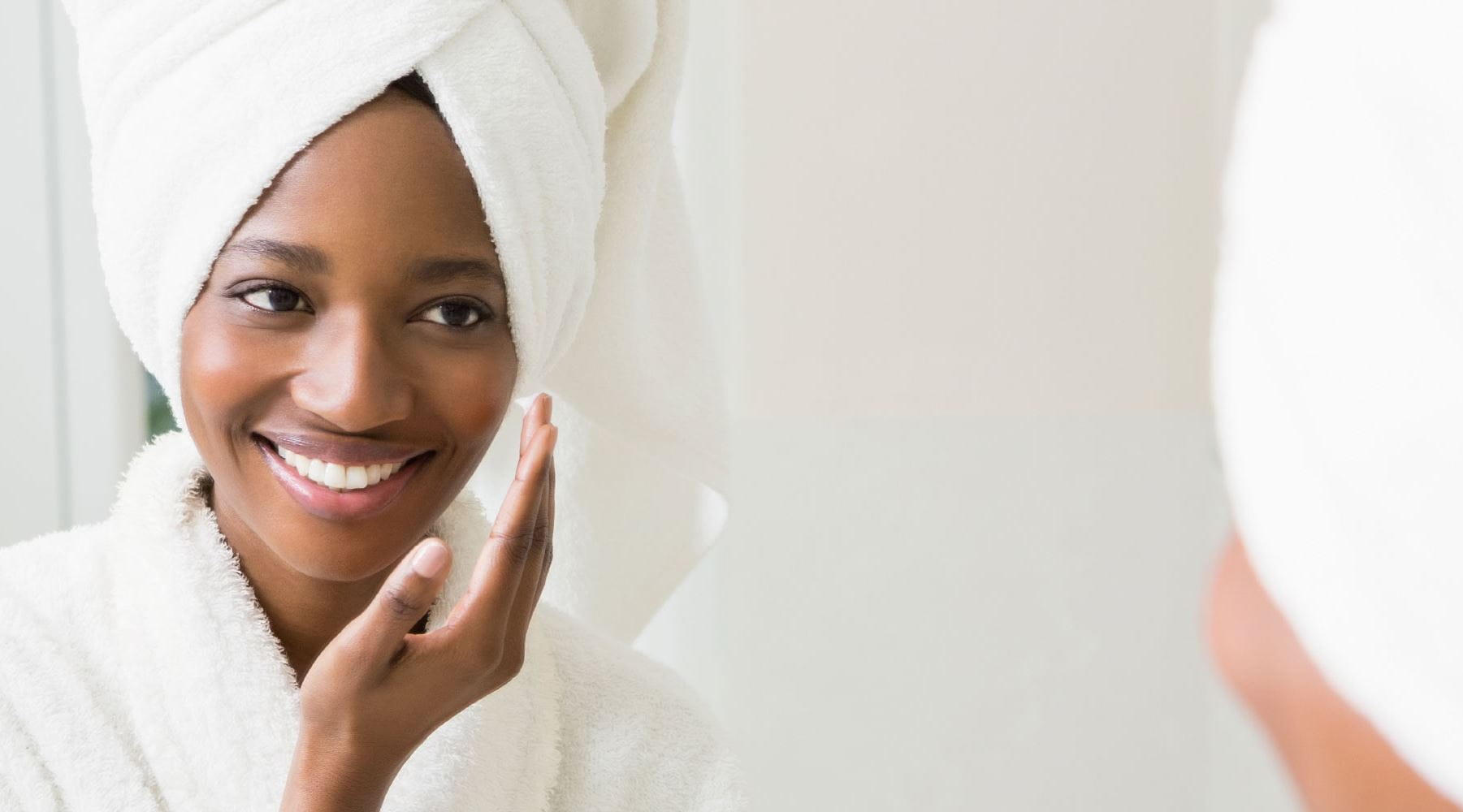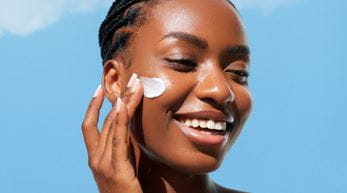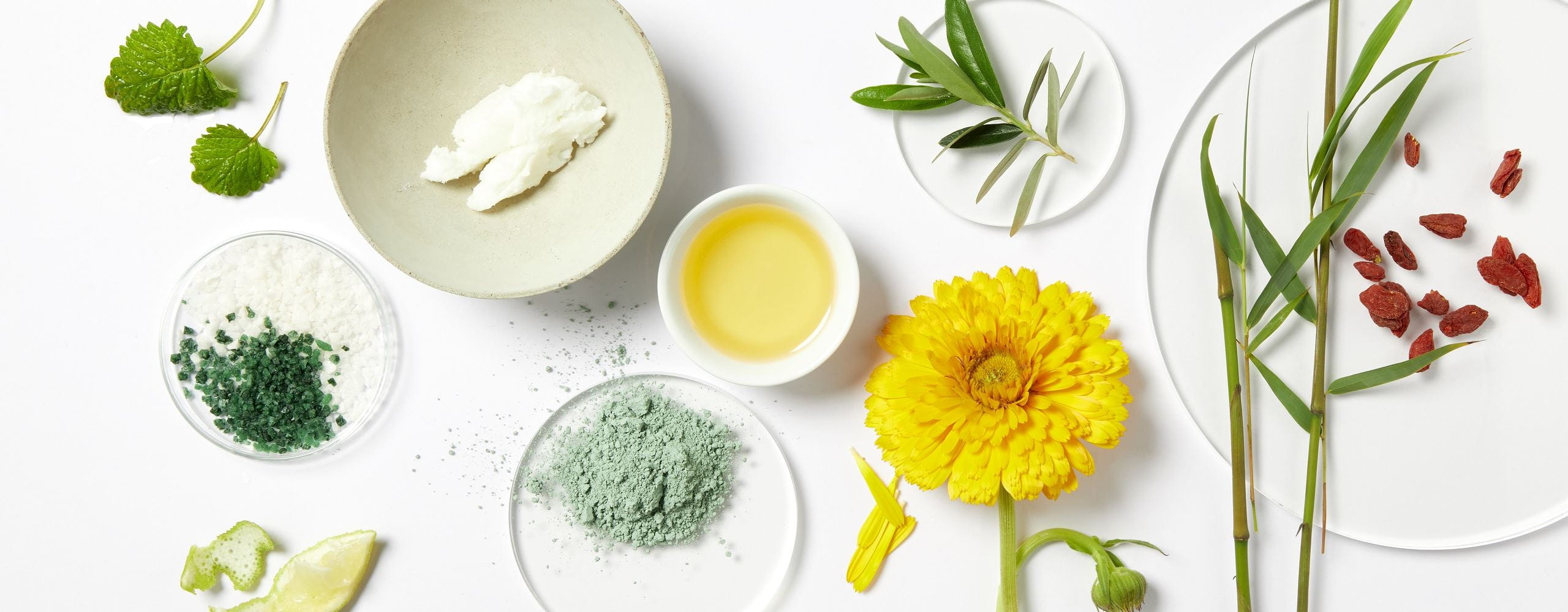
Ingredients Glossary
At NIVEA, we care for the health and safety of your skin since over 100 years. Every ingredient we use in our product formulations needs to meet or exceed the regulatory requirements and fulfil our internal skin safety criteria. We create skincare formulations that are composed to protect and enhance your skin’s natural biological function. In harmony with our brand values – trust, care, inclusivity - we ensure a 100% honest and transparent glossary. All descriptions have been put together by our scientific experts as a general ingredient description, not related exclusively to our NIVEA products or claims.
A-E
F-J
K-O
P-T
U-Z

